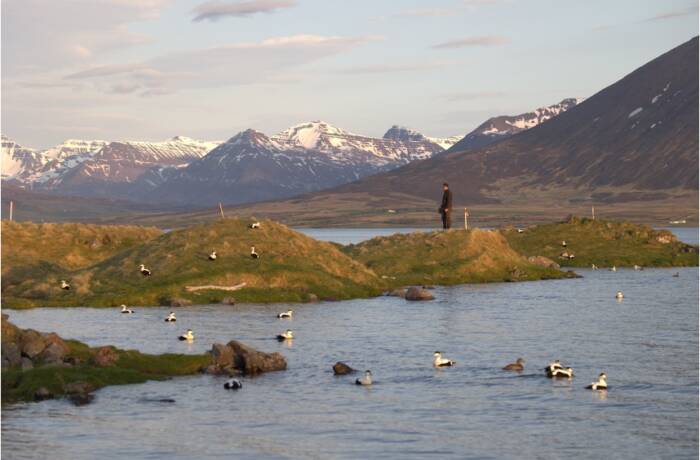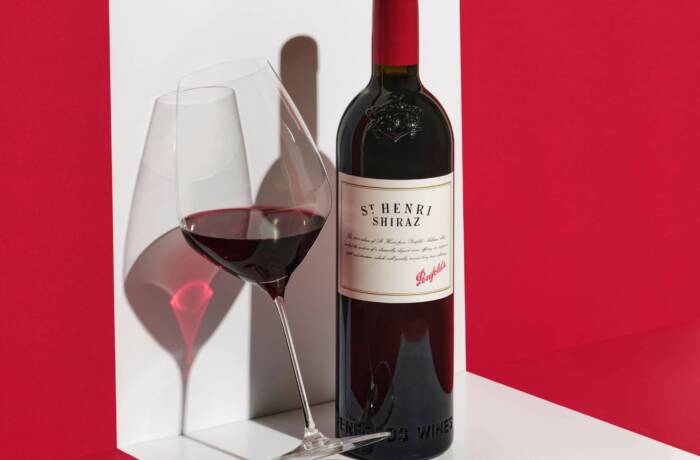Fotofever Paris is a friendly kind of art fair. It welcomes newcomers, whether or not their pockets are deep, and favours fresh faced talent. Ahead of the fair’s fifth edition, held under the majestic roof of the Carrousel du Louvre, Millie Walton speaks to the founder and director, Cécile Schall about the emotional impact of artwork, how digital apps have affected photography and the next generation of collectors.

Cécile Schall. Image by Paola Guigou
Millie Walton: What inspired you to start fotofever?
Cécile Schall: My passion for photography is something that’s always been with me, fed by my family’s attachment to this art form for many generations. I founded fotofever 5 years ago, driven by the feeling I had when I purchased my first ever artwork 8 years ago; the emotion took over me and I knew I had to have that work. I found a way, through instalments, so that I could have it in my home and enjoy it every day. I now want to show other art lovers, that it’s possible to become a collector and also demonstrate why it is important to collect, which will support artists and to allow great artistic creation to continue.
MW: How do you compete against more established and larger art fairs?
CS: fotofever stands out from the other fairs firstly because it is the only one focused on encouraging and guiding new collectors. Our program ‘start to collect’ has been created specifically to offer new collectors a selection of quality artworks within a price range attainable for new collectors ( less than 5,000 Euros). It will also offer more established collectors some guidelines and the basic principles about collecting photography, so that they can ‘safely’ let their heart fall for an artwork and purchase it.

Fumikazu Ishino ‘A Caramel Tooth Filling’. Courtesy Einstein Studio
I see photography as the most appropriate medium to begin buying and collecting contemporary art. It’s the most accessible aesthetically and financially. Today, however, unfortunately we see that most people who have the financial means to collect, hesitate to take that first step. Often this is because the art world is intimidating to novices.
Fotofever is the perfect hunting ground for confirmed collectors who seek to discover the artists of tomorrow – our independence allows us to present galleries with a bold program. Highlights of this year’s fair include the new zig-zag scenography, The Collector’s Apartment and organised discussions between artists, collectors and gallerists.

‘Burning Man’ 2012 by Eric Bouvet, Courtesy Galerie Hegoa
MW: What advice would you give to someone looking to start a collection?
CS: To start a collection, you first have to realise that you don’t need to be wealthy or an art expert to buy your first piece of art. There is no set age to begin a collection, nor one to stop.
As a starting point, look for a theme that speaks to you, that is close to your heart, a passion. The theme is sometimes unconscious and may reveal itself to you well after the purchase of the first work…
Go to a gallery that you feel comfortable with, one where you imagine trust can be established. Perhaps that represents an artist who you’re already aware of.
Read next: In conversation with Frieze art fair’s co-founder, Matthew Slotover
Follow your heart and wait for the right moment. When you come across a good work, you’ll know. It will be like a light bulb has been switched on inside your head.
Despite this wave of emotion, keep your feet on the ground and start “small” when it comes to price and do not hesitate to ask the gallery if you can pay in monthly instalments as many are open to this.

Hugh Arnold. ‘Series Agua Nacida’. Courtesy Hilton Asmus Foto
MW:How do you think the art market has changed in recent years?
CS: The art market has evolved a great deal over the last decade, especially with the development of online galleries, or physical galleries that sell online. This has broken down a lot of galleries and encouraged more transparency with pricing, something that we agree with at fotofever is displaying the price as one of the exhibitor requirements.
MW: Are there any particular themes or trends that you can see emerging in photography?
CS: Each year fotofever gives birth to new collectors thanks to an eclectic selection of several hundred works presented by galleries from around the world. If it were not for these galleries and their expanding horizons, then this would not be able to happen. As a forward-looking photography art fair we are open to all new types of photography and its artists. Technology is moving fast and many of the galleries at fotofever mirror this, whether it’s the discovery of artists on Instagram or tricky aerial photography.

Antoine Rose. ‘Spiagge Bianche Study 2 Serie Tuscany 2015’. Courtesy Xin Art Galerie
Read next: Investment advice from international entrepreneur Javad Marandi
Millie Walton: How do you think digital apps like Instagram, have impacted the world of photography?<>
Cécile Schall: We live in an image-saturated world. Everyone carries some type of camera on them and are encourage to use it, to document, to share, sometimes to show-off! There is a generation that have grown up surrounded by photography. One of the focuses of fotofever is to educate the younger generation about photography as an art form, rather than a lifestyle accessory.
One of the main challenges we see when it comes to contemporary photography is its reproducibility, as opposed to the uniqueness of a painting or a sculpture. Photographers are creating more and more unique works to make them stand out not only visually but creatively too.

Edouard Taufenbach. Cinema 1p Serie Cinema. Courtesy Galerie Gratadou Intuiti
This challenge is to do with the apparent simplicity of the photography practice, in a world where everyone with a smart phone considers themselves a photographer. It can give photography the status of a simple reproduction technique, when the creative process of some artists is very complex and part of the uniqueness of their work – such as Catherine Balet who worked full-time over 3 years to create her series Looking For The Masters in Ricardo’s Golden Shoes, or Antoine Rose who rides an helicopter over seaside resorts to take perfectly vertical shots.
For children ‘Les p’tits collectionneurs’ (the little collectors) is a 25m2 area at the heart of the fair that we’ve created in order to host fun and free educational workshops for children aged 6-12 years old. We want to show to children the entire creative process behind a photographic work by allowing them to take on the role of model, photographer and graphic designer.
The 18-35 generation also buy a lot online and social media has become influential in their decisions. Although we think that the physical encounter with an artwork is essential, the internet is an amazing information tool. We have been working on our web site to present all the artists that have been exhibited by the 300 galleries at fotofever since 2011. Our idea is to turn this site into a catalogue so that it acts as the fair’s continuum to support these partnerships.

Keren Bereshit. 3 Bereshit 2002. Courtesy Lelia Mordoch
MW: In your view, what makes a good photograph?
CS: It’s unexplainable, judging whether an image is a good photograph is something that comes from experience but also from deep emotions. It’s completely subjective and that’s what makes walking around a photography fair such an interesting experience, to be able to see so many versions of a photograph as a work of art.
Read next: Art is the greatest legacy, says auctioneer Simon de Pury
MW: Which participating galleries are you most excited about this year?
CS: Throughout the year preparing the fair, the fotofever team has looked for the most promising, local and international galleries sharing its commitment to emerging contemporary artists using photography as a medium, so we are looking forward to seeing all the projects to be presented in real at the fair.
We are excited for all our exhibitors for different reasons, some because they have come so far (Asia for example), others because they are new, some because they’ve been with us from the beginning. They all add to the eclectic mix, but they all have fresh approaches to photography that you won’t see at other fairs.
fotofever paris 2016, runs from 11th to 13th November at the Carrousel du Louvre








